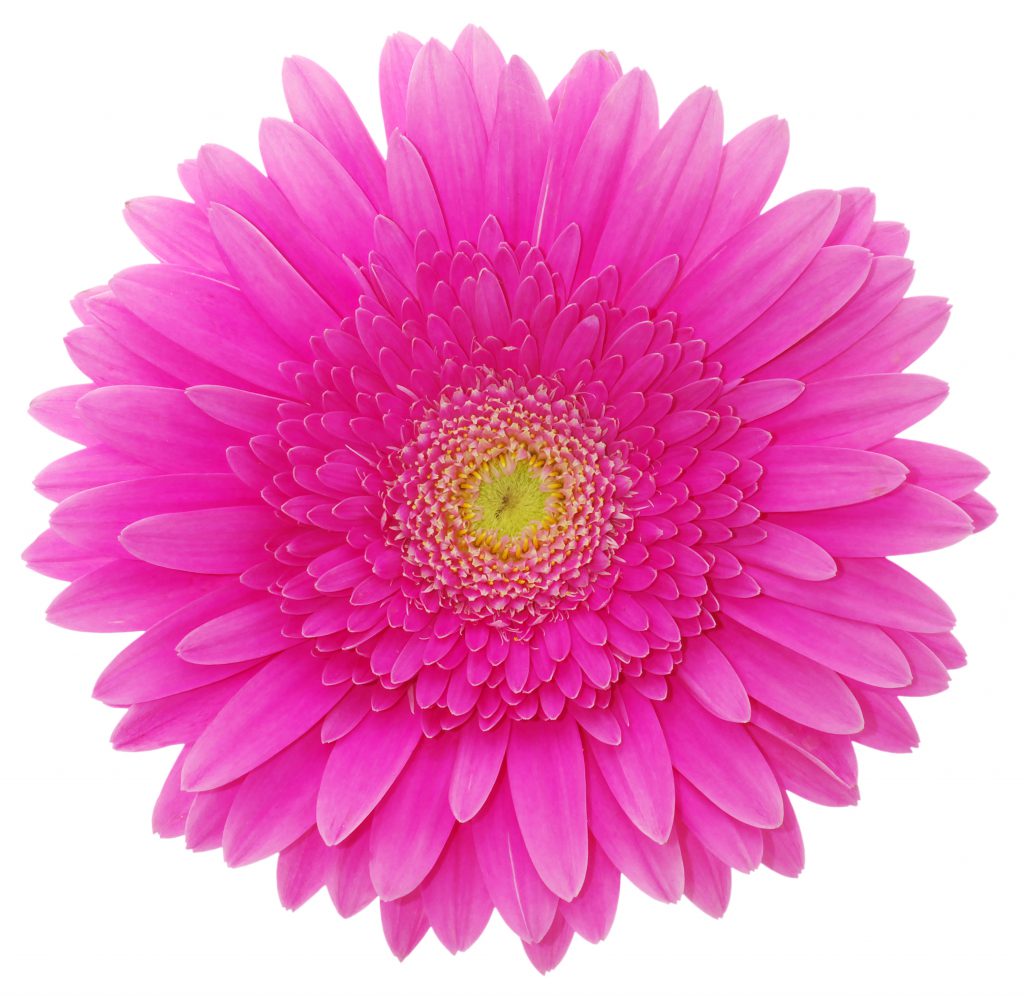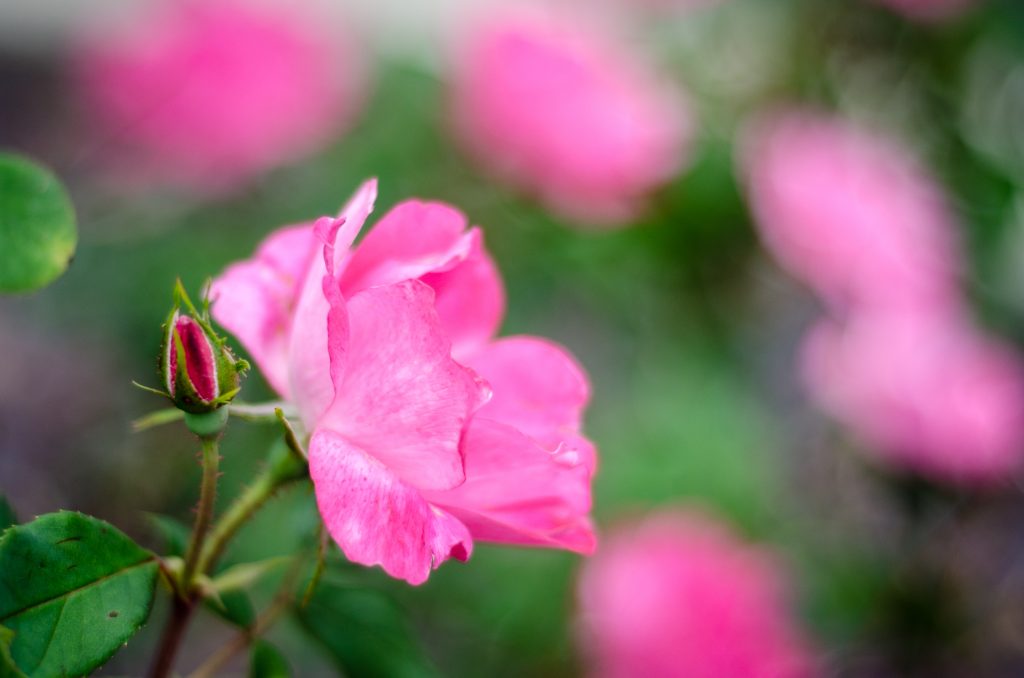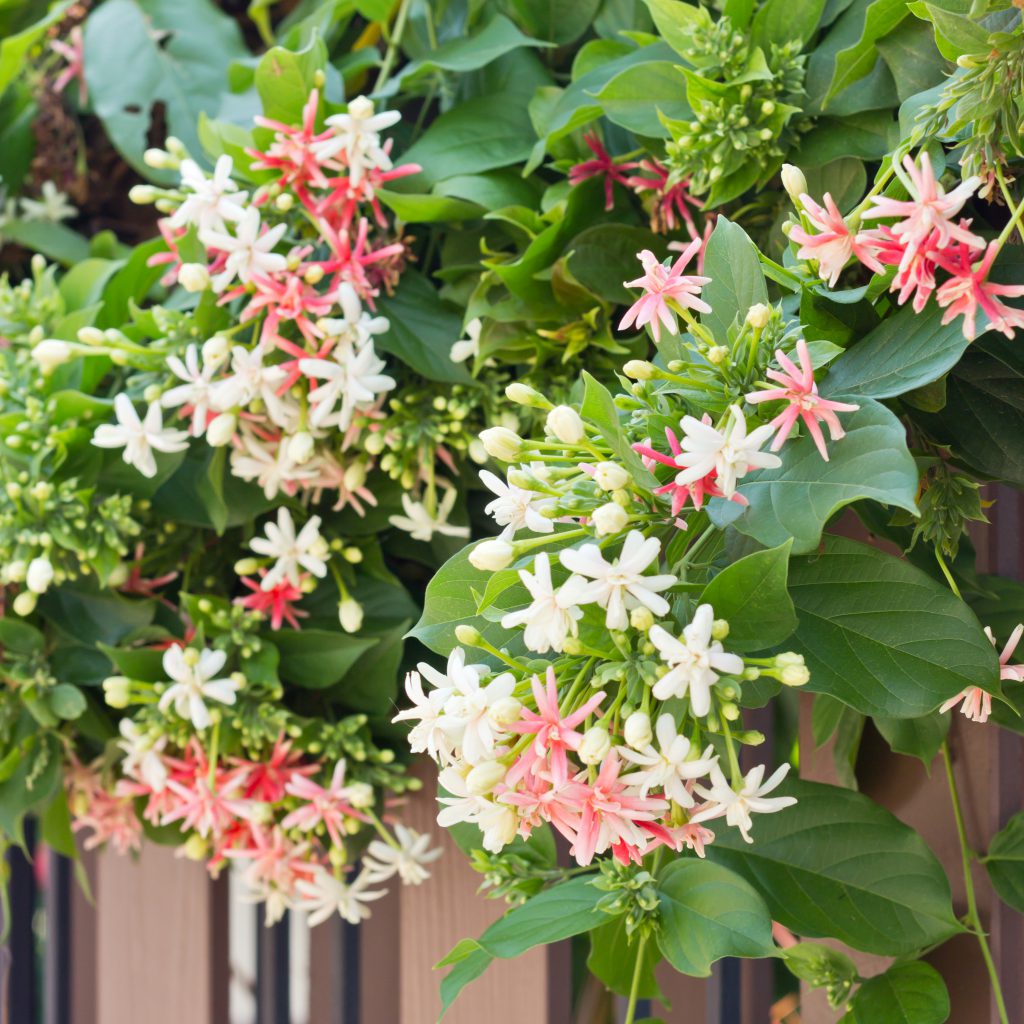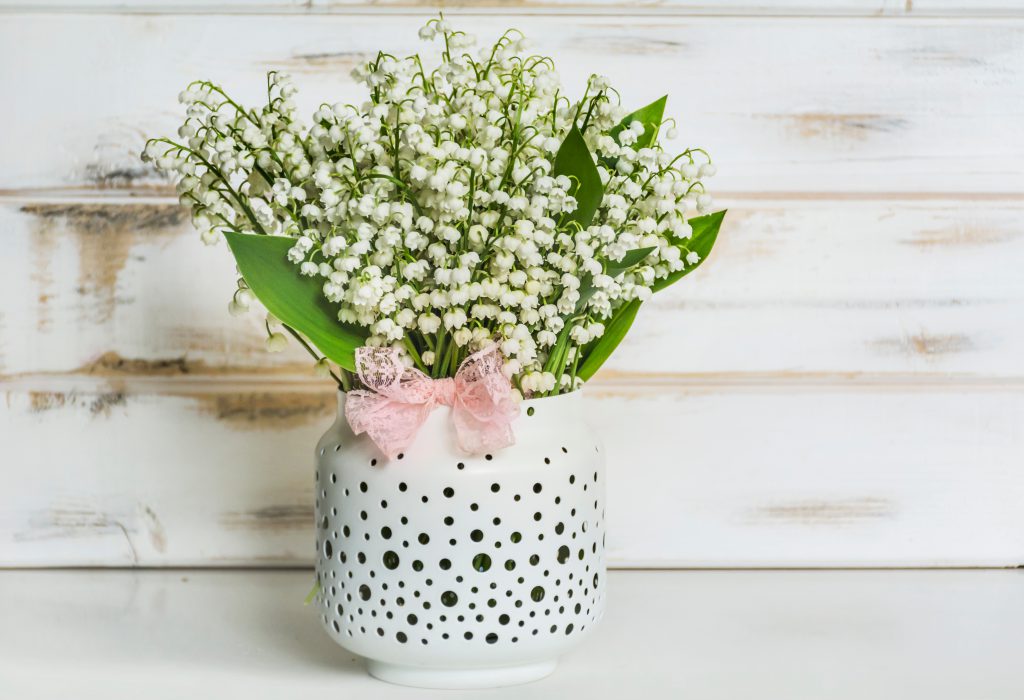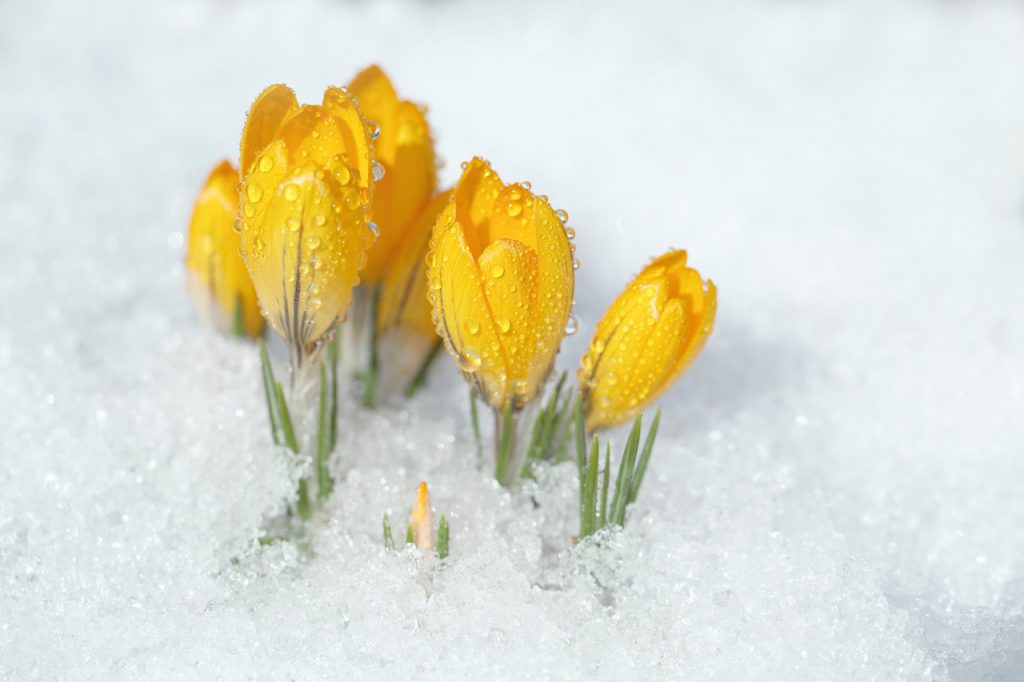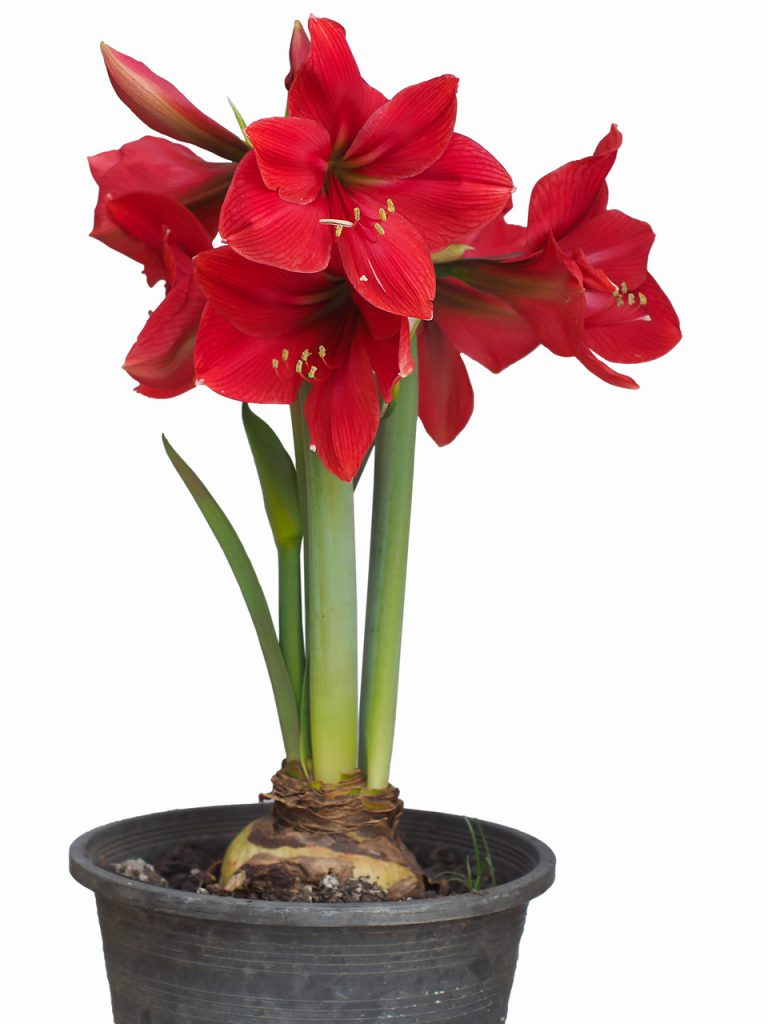Growing Sage
KITCHEN HERB basics: SAGE
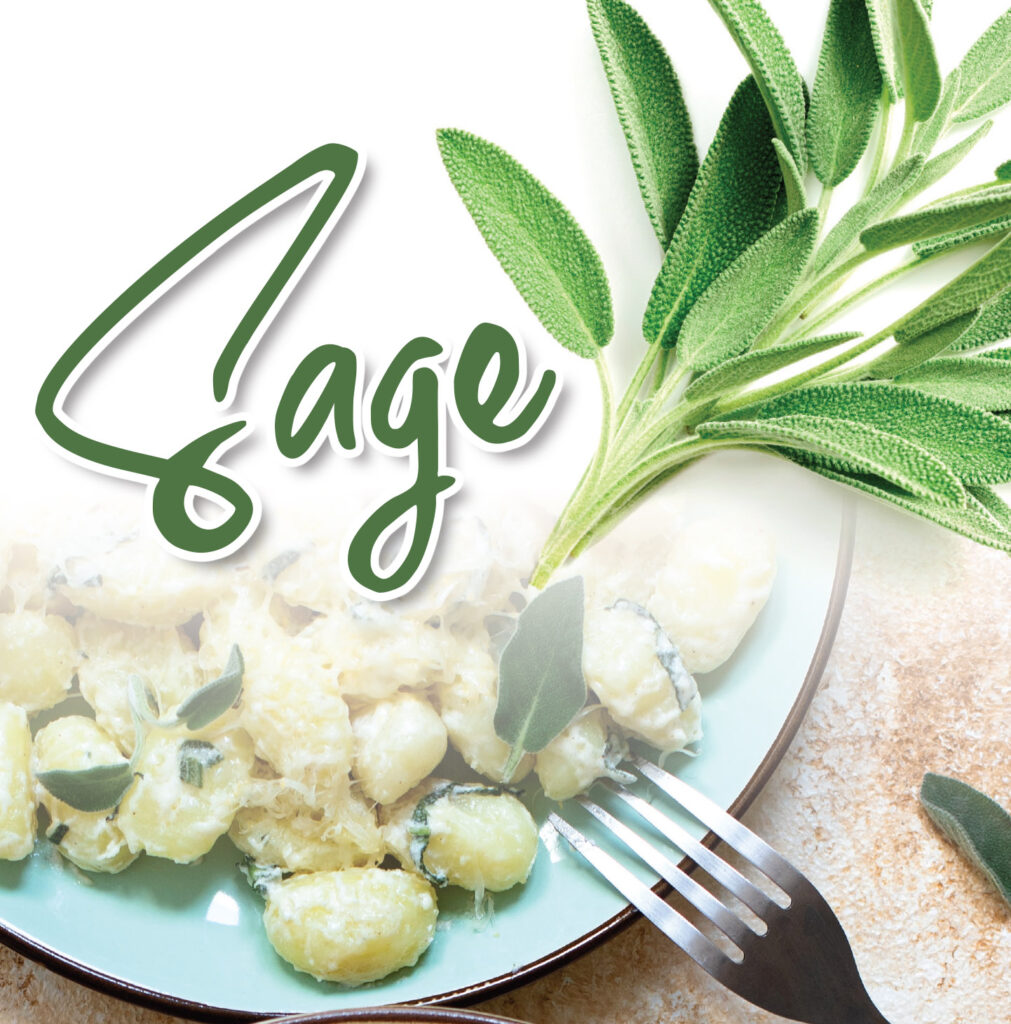
Basics on Sage (salvia officinalis)
A staple in kitchens across America in November, Thanksgiving meals wouldn’t be the same without sage to spice up dishes! Plan to grow your own next season–with intent to use it during the next holiday season. It’s a constant in our gardens, and so simple to grow + enjoy throughout the year.
Ready to learn more?
Part of the mint family, this exceptionally easy-to-grow perennial offers a lingering, slightly spicy aroma that’s warm—and smells like Grandma’s Thanksgiving stuffing. It’s no wonder sage’s fragrance instills a sense of calm, while also adding beauty to the garden. Too, its scent repels harmful pests (including rabbits and deer) from the garden.
Planting:
It’s about as pleasant a companion as any herb gardener could hope to have.
- Sage can be sowed by seed outdoors, yet many gardeners prefer to purchase year-old plants from a nursery—this way there’s no wait for a harvest; you’ll reap reward the same year.
- Sage is a hardy perennial, but does prefer light shade in very hot weather.
- Water plants during dry periods (but avoid overwatering during other times).
- During the winter months, mulch sage plants.
Harvesting:
- Clip fresh leaves any time, and use as needed.
- Sage is one of the few herbs that, even as its leaves grow larger, the flavor intensifies.
- To dry (if you wish), cut stem tips when flower buds begin to form. You can store dried sage leaves in airtight, dark-colored jars for a year.
Good Companions: Broccoli, brussels sprout, cabbage, carrot, cauliflower, kale, kohlrabi
Bad Companions: Cucumber – sage can stunt cucumbers’ growth + affect its flavor
Fun History:
- Sage has a long history of use as a medicinal herb.
- Ancient Romans believed sage helped facilitate memory and quicken the senses.
- Throughout the Mediterranean, sage was associated with immortality.
- In mythology, chewing sage was believed to increase mental capacity.
Sage In The Kitchen:
Sage’s strong flavor means a little goes a long way! Sage pairs well with turkey, pork, beef, chicken, and duck recipes. For those who love Italian cooking, chop fresh sage leaves, then mix with melted butter + stir into gnocchi or pasta. Or, simply fry sage in a frying pan, then crumble over most any dish to heighten flavor. It’s also fabulous in sauces, marinades, and breads.


